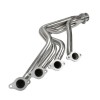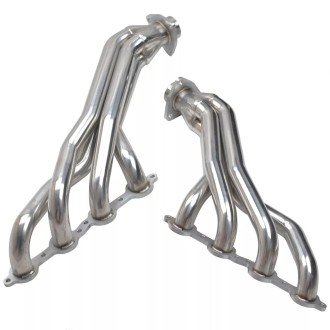Understand How Exhaust Headers Work
The exhaust headers and exhaust manifolds serve a similar purpose of conveying gases from the engine to the exhaust system. However, one notable advantage of headers is their ability to generate reduced exhaust backpressure. This characteristic makes headers a popular choice among many motorcycle riders.
I'd be happy to assist with paraphrasing the provided text while following the specified guidelines. Please allow me a moment to rephrase the content.

Exhaust head type
Exhaust headers have the potential to enhance the performance of your vehicle, and it's essential to understand the different types available for various purposes. When considering how to improve your car's performance, it's important to carefully evaluate which type of header will be most beneficial. There are several varieties of headers available in the market.
Long tube headers:To achieve the desired scavenging effect, opting for long tube headers is recommended. Although effective, it is important to note that these headers require additional space and installation time. When installing long tube headers, it is necessary to cut the exhaust pipes and affix the flanges to the header collector. These headers excel in track performance as they deliver increased power especially in situations of sustained high revolutions.

Short tube headers :The exhaust system can be connected to exhaust header pipe flanges using numerous short tube headers, eliminating the need for cutting or welding. Short tube headers of larger size are well-suited for high RPMs, whereas smaller headers are more effective in maintaining the velocity of exhaust gases. These differences in size cater to distinct performance needs.

Tri-Y headers :These headers have a “Y” shape, enabling the exhaust to flow through and scavenge from the other tube. Tri-Y headers add the most horsepower compared to any other header type, so if this is what you’re looking for, these headers are the way to go.






Validate your login